Some creatures are so perfectly adapted to life on Earth that they’ve barely changed in millions of years. These 16 incredible survivors are like living fossils, defying evolution while other species disappeared. From monstrous sea creatures to bizarre reptiles, they’ve weathered mass extinctions, climate shifts, and the rise and fall of empires. Their archaic appearances and strange survival strategies make them feel like visitors from another time. Get ready to meet the animals evolution couldn’t improve!
1. Horseshoe Crab

Alamy
These “living fossils” are the ultimate survivors, outlasting dinosaurs and surviving for over 450 million years. With their armored shells and long spiked tails, they look like they stepped straight out of a prehistoric nightmare. Horseshoe crabs haven’t just survived—they’ve thrived, with their blue blood becoming vital in modern medicine for detecting bacteria. It’s bizarre to think this alien-looking creature, older than most of life on Earth, is still crawling along the ocean floor today.
2. Nautilus

Wikipedia
The nautilus is like a swirling time capsule from 500 million years ago. With its stunning spiral shell and tentacles, this deep-sea creature has glided through oceans unchanged since before the first trees appeared on Earth. Its ancient design allows it to survive by regulating buoyancy using air-filled chambers. But even this timeless treasure isn’t safe from modern threats—overfishing has made it a rare sight in today’s oceans. It’s like holding a piece of history in your hand.
3. Coelacanth
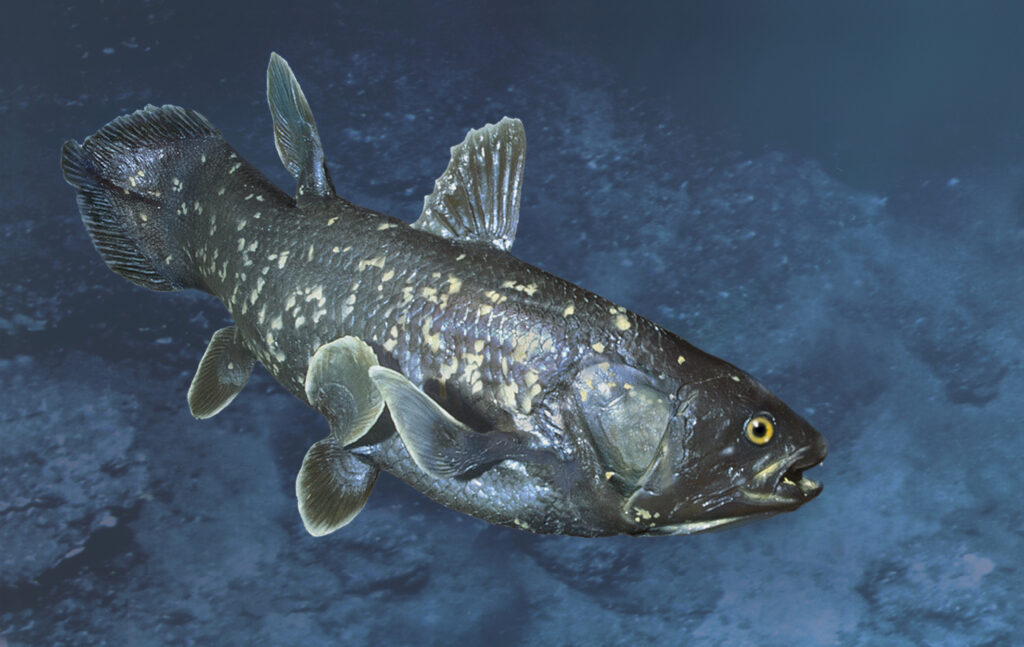
This fish is the comeback king of the animal kingdom. Thought to be extinct for 66 million years, the coelacanth shocked the world when it was found alive in 1938. Looking exactly like its 400-million-year-old ancestors, this deep-sea dweller’s lobe-like fins are believed to be an evolutionary link to the first land animals. Slow-moving and elusive, the coelacanth is living proof that some creatures simply refuse to be forgotten.
4. Sturgeon
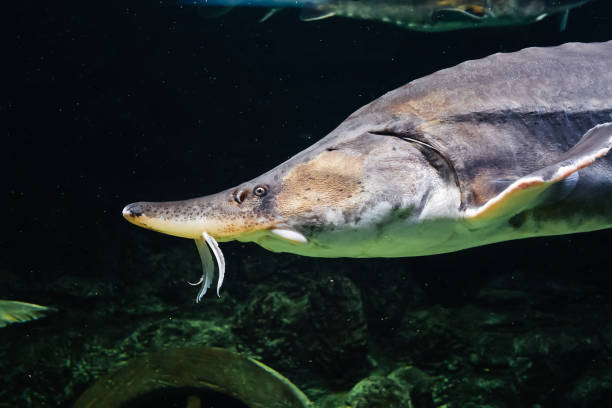
Sturgeons are freshwater giants that have been swimming through rivers for over 200 million years. With their bony, armored bodies and shark-like tails, they’re often called “living dinosaurs.” Despite surviving countless mass extinctions, these ancient fish are now critically endangered due to overfishing for their prized caviar. It’s heartbreaking to think these prehistoric creatures might not outlast modern human greed.
5. Jellyfish
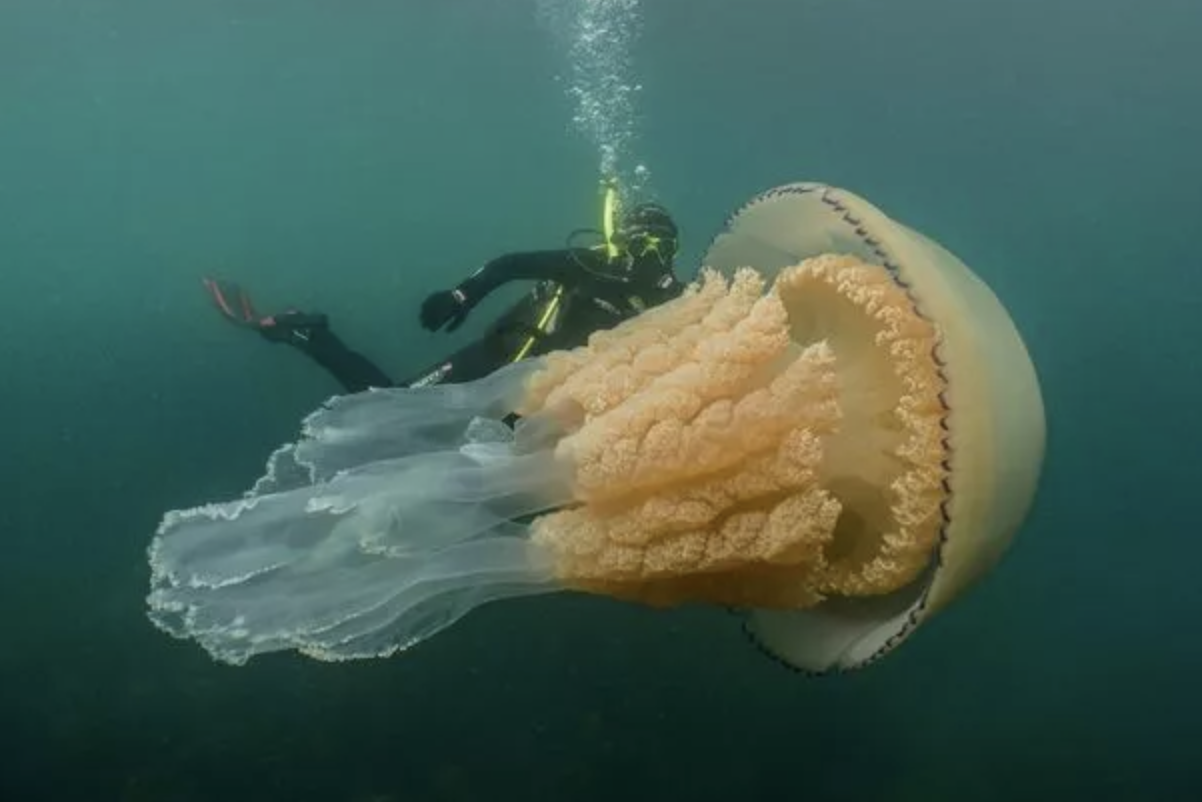
YouTube
Jellyfish have been haunting the oceans for over 500 million years, predating dinosaurs by eons. These brainless, boneless blobs are marvels of simplicity, surviving through countless mass extinctions. Their stinging tentacles and mesmerizing pulsations are their only defenses, yet they thrive in every corner of the ocean. Some species can even reverse aging, making them nearly immortal. It’s no wonder these gelatinous survivors have floated through history unscathed.
6. Horseshoe Shrimp

Flickr
These tiny crustaceans have been virtually unchanged for over 200 million years. Found in freshwater and brackish environments, horseshoe shrimp are living fossils with simple body structures that have stood the test of time. They’re so old that they predate mammals and birds. Their adaptability is their secret weapon, allowing them to outlast predators and environmental changes that wiped out countless other species.
7. Tuatara

Often mistaken for a lizard, the tuatara is a reptilian relic that has barely changed in over 200 million years. Native to New Zealand, these creatures have a third “eye” on their heads that senses light, and teeth fused directly into their jaws—features straight out of a sci-fi movie. Tuataras are the last survivors of an ancient reptile lineage, making them living links to a time when dinosaurs ruled the Earth.
8. Goblin Shark
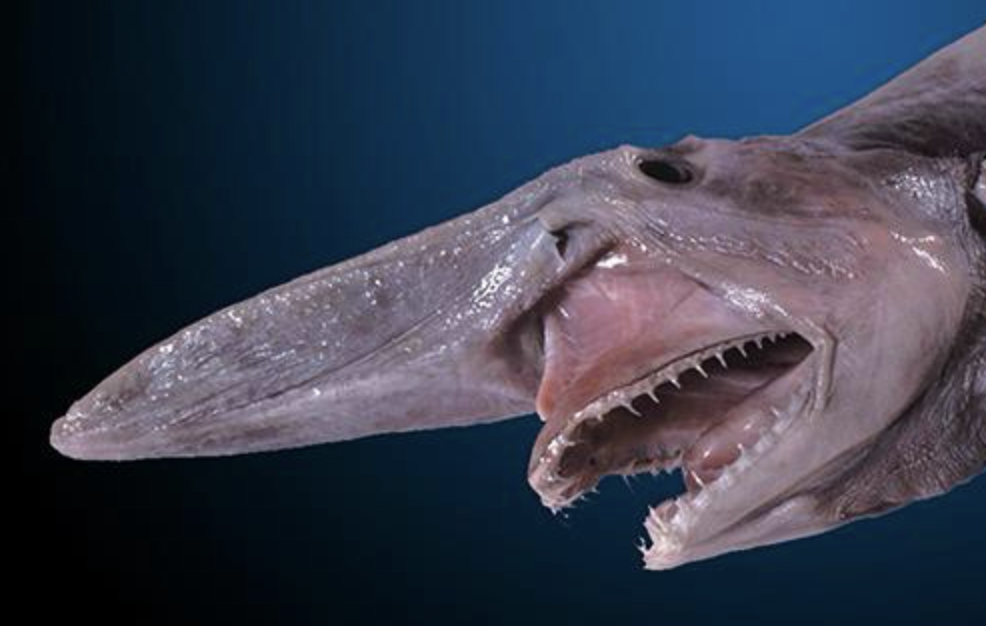
YouTube
This deep-sea predator looks like a monster from the depths of prehistory. With its long, pointed snout and extendable jaws, the goblin shark is a nightmare fish that hasn’t evolved much in over 100 million years. Living in near-total darkness, it uses lightning-fast jaws to snatch unsuspecting prey. Rarely seen and undeniably creepy, this “living fossil” is like a ghost haunting the darkest parts of the ocean.
9. Velvet Worm
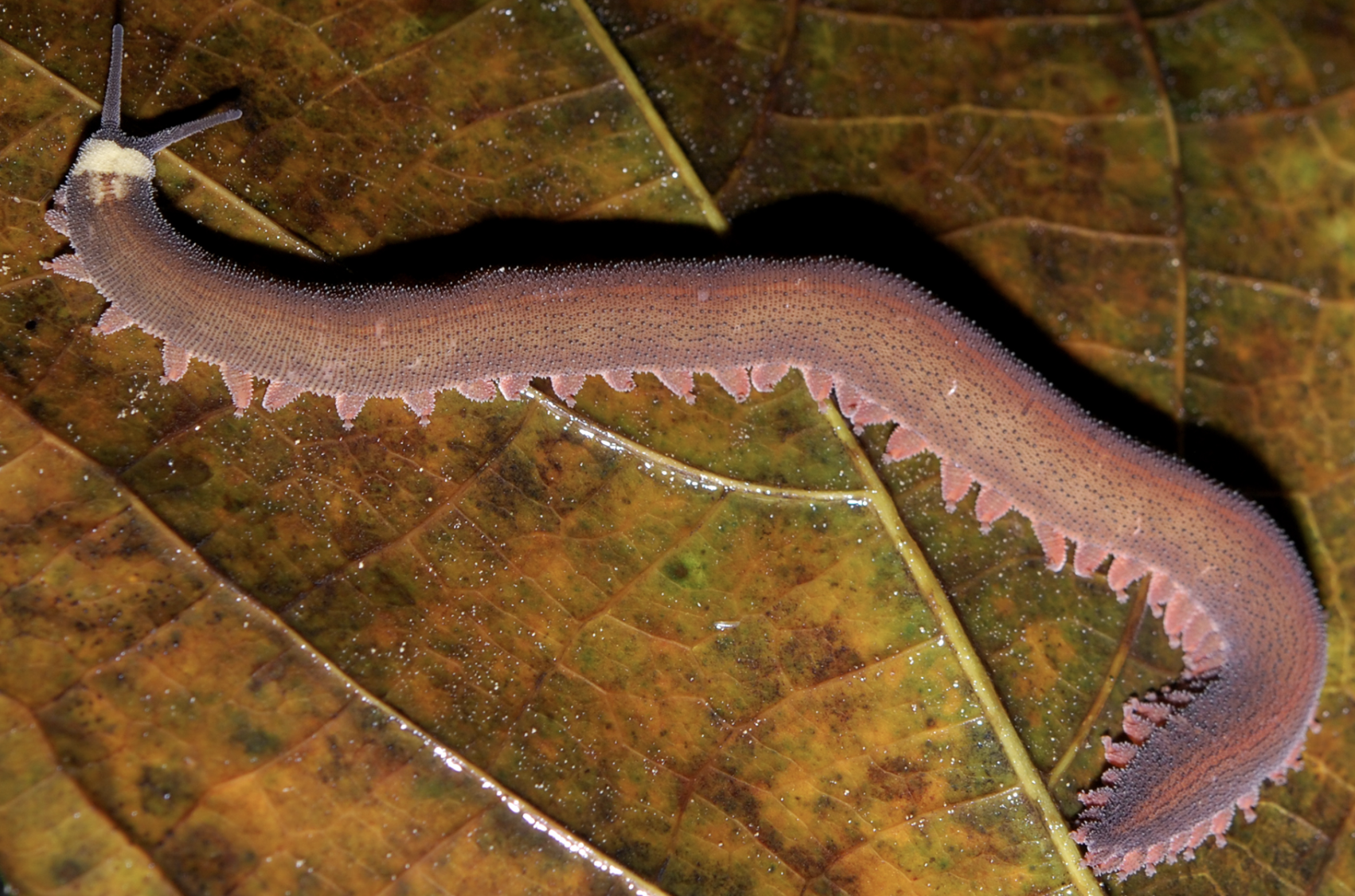
These bizarre creatures have slithered through forests for over 500 million years, remaining nearly identical to their ancient ancestors. Velvet worms hunt by shooting sticky slime at their prey, a weapon they’ve perfected over eons. They’re a mix of worms and insects, with a prehistoric charm that hasn’t needed an update since life first crept onto land. It’s like they’ve been stuck in evolution’s time warp—and they’re thriving because of it.
10. Lungfish

Lungfish are nature’s ultimate survivalists, breathing air and surviving droughts by burrowing into mud for months—or even years. With fossils dating back 400 million years, these fish are living links between aquatic and land animals. Their ancient design allows them to outlast harsh conditions that would doom most species. It’s like they’ve mastered the art of pausing life until the weather gets better.
11. Sea Sponges

These simple creatures have been filtering ocean water for an astonishing 600 million years, making them some of the oldest living organisms on Earth. Sea sponges are so ancient they predate most multicellular life. Their design hasn’t needed an upgrade—why mess with perfection? From coral reefs to icy polar seas, these silent survivors are like living relics of life’s earliest days.
12. Dragonfly
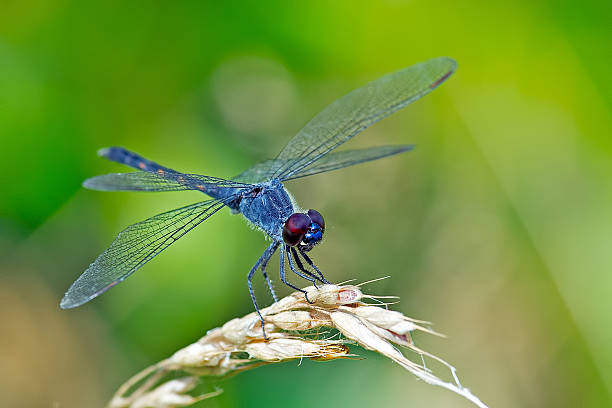
Dragonflies are the aerial acrobats of the insect world, zipping around with precision that hasn’t changed in 300 million years. Fossilized dragonflies from the prehistoric era were even larger, with wingspans of up to two feet. Today’s dragonflies look nearly identical to their ancient ancestors, proving that nature got it right the first time. Their ability to fly in all directions makes them as mesmerizing as they are deadly to prey.
13. Giant Isopod
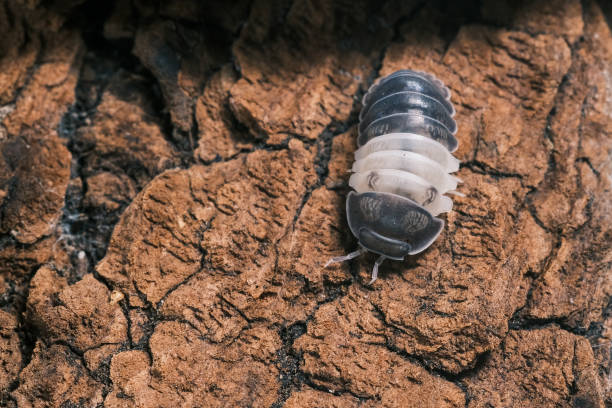
Looking like a giant pill bug from the depths of the ocean, the giant isopod has remained largely unchanged for over 300 million years. These deep-sea scavengers thrive in near-freezing temperatures, feeding on whatever sinks to the ocean floor. With their armored exoskeletons and eerie appearance, they look like something straight out of a prehistoric horror story.
14. Crinoid (Sea Lily)

Crinoids are the delicate, flower-like creatures of the sea that have been around for over 450 million years. Despite their plant-like appearance, they’re animals, using feathery arms to filter food from the water. Fossilized crinoids look nearly identical to the ones found in oceans today, proving that sometimes, nature’s oldest designs are the most effective.
15. Lamprey

Lampreys are straight out of a nightmare, with their circular mouths lined with razor-sharp teeth. These parasitic fish latch onto other fish and feed on their blood. Their gruesome feeding habits haven’t changed in over 360 million years, making them one of the oldest—and creepiest—predators in the ocean. They’re proof that sometimes, the scariest creatures are the ones that never needed to evolve.
16. Echidna

The echidna, also known as the spiny anteater, is one of the few mammals that lay eggs—a feature it shares with its equally bizarre relative, the platypus. These creatures have been around for over 100 million years, sporting spines for defense and long tongues for catching ants. With their blend of mammalian and reptilian traits, echidnas are like living mash-ups of evolution’s quirkiest experiments.
17. Tardigrade
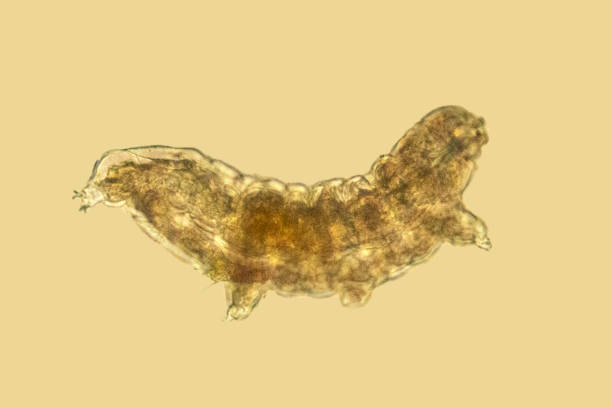
Tardigrades, also known as water bears, are microscopic creatures that have survived for over 500 million years. These nearly indestructible animals can endure extreme heat, cold, radiation, and even the vacuum of space. Their ability to enter a state of suspended animation allows them to outlive almost anything, proving that even the tiniest creatures can be nature’s toughest survivors.
These 17 creatures are nature’s ultimate survivors, enduring millions of years without the need for major changes. Their ancient designs are a testament to the resilience and perfection of evolution’s early experiments. From deep-sea horrors to tiny indestructible tardigrades, these animals connect us to Earth’s prehistoric past. Next time you spot a dragonfly or learn about a horseshoe crab, remember—you’re looking at one of nature’s most fascinating time travelers!


